Watermelon Plant Stages
Watermelons are a warm-weather fruit that can be tricky to grow but provide a sweet, thirst-quenching treat come summertime. I will walk you through everything you need to know about watermelon plant stages,, from choosing the right location to harvesting ripe, ready-to-eat fruits.
Watermelons Needs

Watermelons grow best in zones 2-11. They need lots of space, sunlight, water, and nutrient-rich soil to reach their full potential.
Sun and Space
- Watermelons spread vines up to 10 feet wide, so allow plenty of space
- They need at least 6-8 hours of full sun per day
- I grow watermelons in raised beds or hills to improve drainage and soil warmth
Water
- Watermelons need about 1-2 inches of water per week
- I use drip irrigation or soaker hoses to keep soil consistently moist
- Drought will cause misshapen, poor quality fruits
Soil
- Watermelons prefer nutrient-rich, well-draining loamy soils
- I maintain a soil pH between 6.0-6.5
- I mix in compost or aged manure before planting
Fertilizer
- I use a nitrogen-rich fertilizer in early growth stages
- Once flowers appear, I switch to a balanced fertilizer
- Excess nitrogen leads to lush vines but poor fruit set
Watermelon Plant Stages
Understanding the distinct phases of watermelon plant stages will help you provide the right care at each stage.
Germination
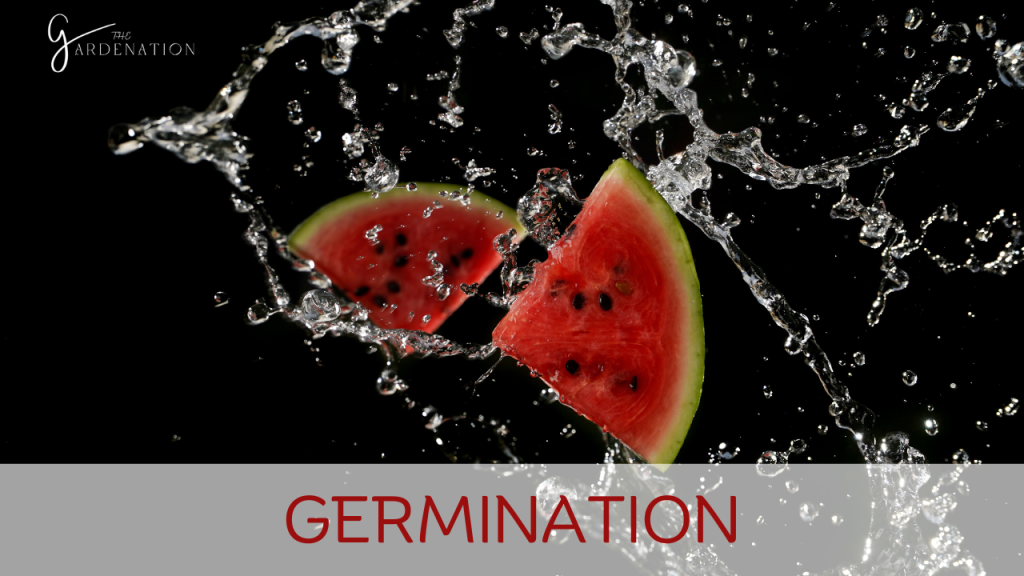
I soak seeds for 12-24 hours before planting to speed up germination. I keep soil moist and warm (80-90°F ideal) for fast sprouting in 4-10 days.
Seeds will emerge with seed leaves (cotyledons). Cotyledons provide nutrients to seedlings before true leaves emerge. It takes about 4-14 days for watermelon seeds to sprout. I soak seeds in water for a few hours before planting to speed up the process. Ideal soil temperature is 80°F.
Seedling & Early Growth
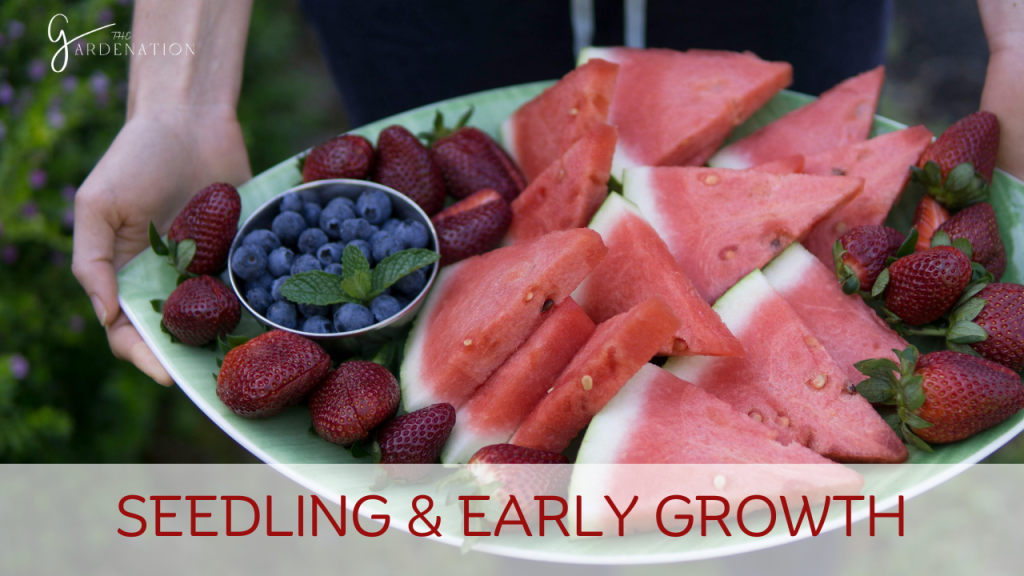
Young seedlings will emerge with cotyledons (seed leaves) followed by true leaves after about 4 weeks. I transplant seedlings after 3-4 true leaves appear. First true leaves will develop 3-4 weeks after sowing seeds. I transplant after 2-3 true leaves emerge. Harden off seedlings for 7-10 days before transplanting
Vegetative Growth
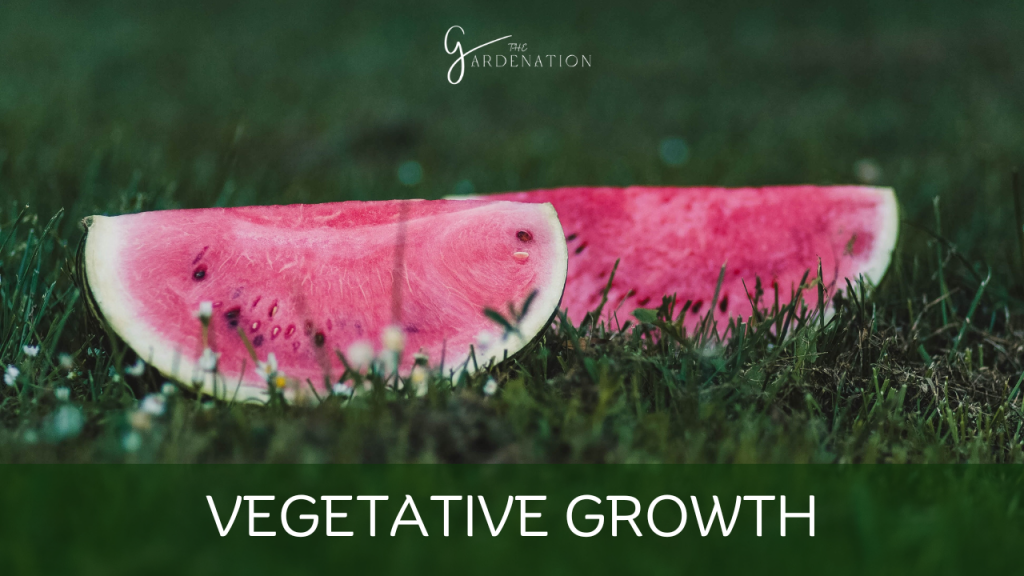
The main vine will rapidly lengthen, followed by side shoots. I prune excess vines to encourage larger fruits. Flowers will emerge after 8-10 weeks. Main vines can reach 30+ feet. I prune excess vines to encourage fruit development.
I pinch side shoots to encourage more female flowers. More flowers are equal to more potential fruits.
Flowering & Fruit Set
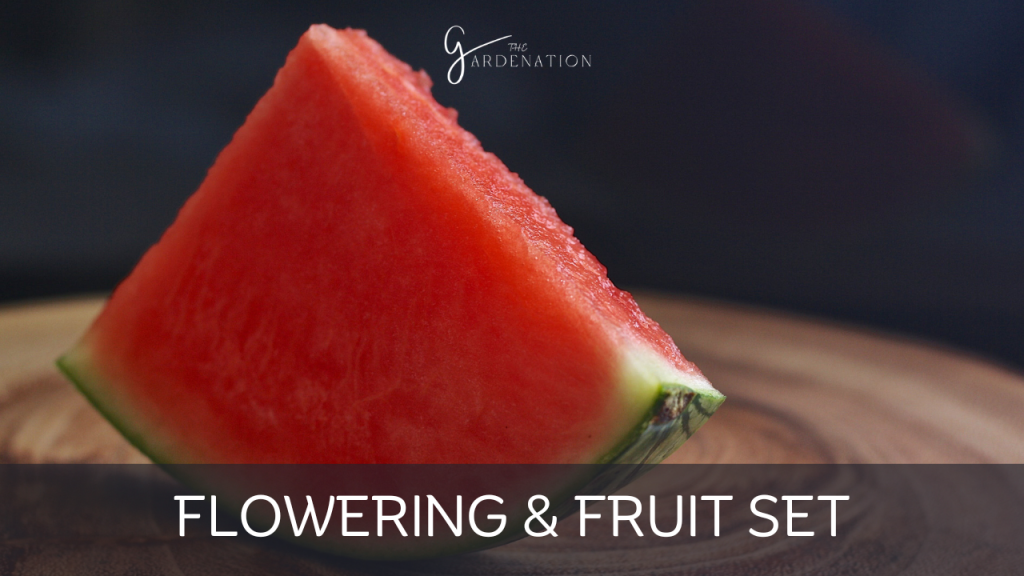
I separate male and female flowers bloom on the same plant. Hand pollination can improve fruit sets. Ovaries swell into baby melons after successful pollination.
I hand pollinate flowers using a small brush for improved fruit set. Each female flower needs 500-1000 pollen grains. I tag successfully pollinated female flowers. Developing melons will be visible soon after.
Fruit Fill
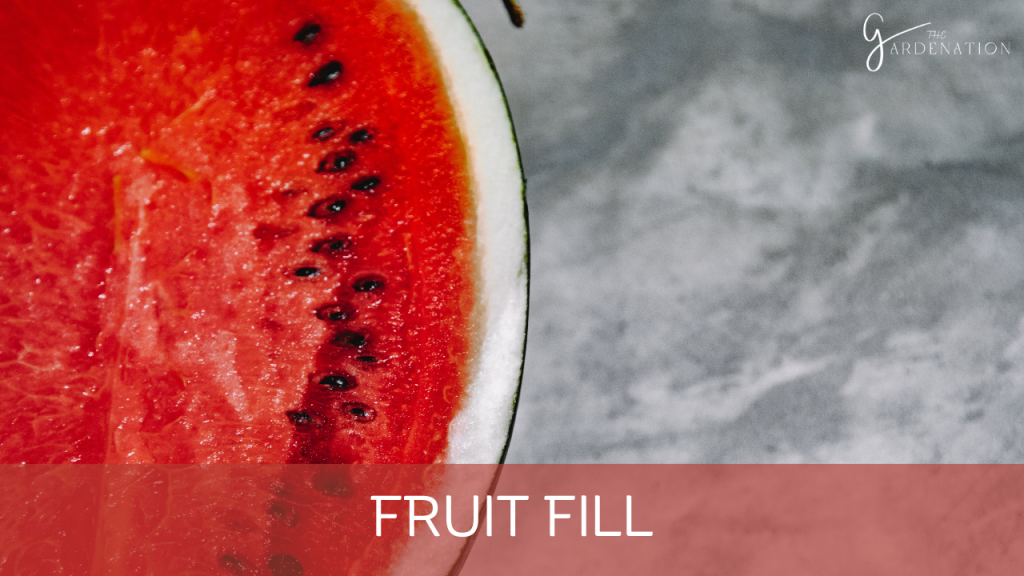
Immature fruits form and fill out over 4-6 weeks. I monitor for issues like blossom end rot. I harvest when indicators of ripeness appear. It takes 4-6 weeks for melons to fully develop after pollination. I place ripening fruits on boards/tiles to prevent rotting. I harvest when tendril near stem is brown and dried
Maximizing Fruit Production
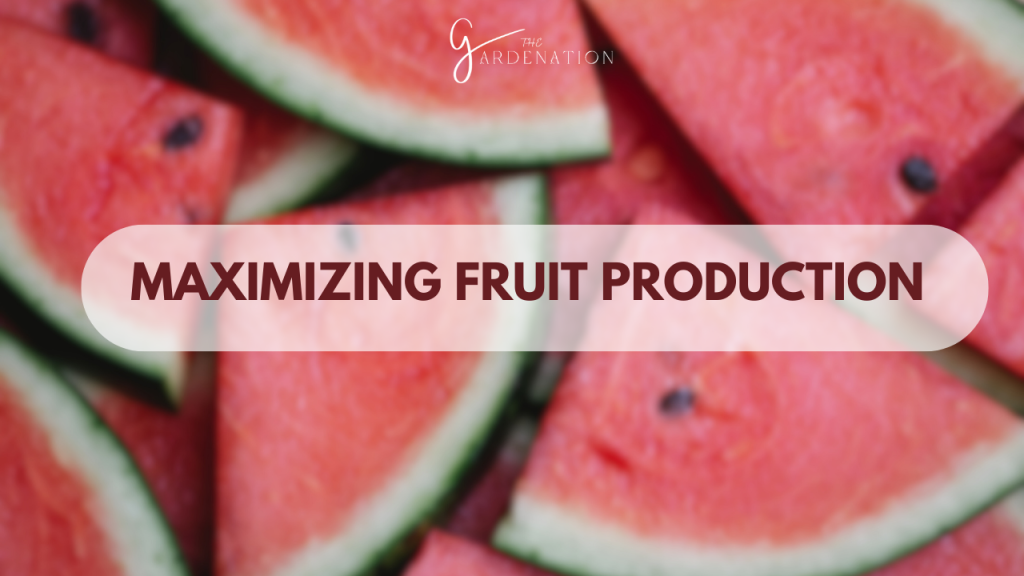
Follow these tips to help your watermelons grow large, sweet, and abundant.
- I choose Early Varieties
Early and mid-season watermelons mature faster for impatient gardeners. I look for 60-75 day varieties. Bush/compact types like ‘Bush Sugar Baby’ work well for small spaces. Icebox varieties like ‘Sugar Baby’ and ‘Yellow Doll’ are small, sweet options
- I use Warming Techniques
Raised beds, plastic mulch, and row covers help regulate soil temperature for better growth.
- Support Heavy Vines
Trellises, netting, or fencing prevent vines from breaking under the weight of large fruits. Using trellises, fencing, or netting to support heavy vines can improve fruit quality. Individual slings can also be made to support large fruits
- Attract Pollinators
Plant flowers that draw bees, butterflies, and other pollinating insects for improved pollination. Hand pollination with a brush significantly improves fruit set. It ag successfully pollinated female flowers to monitor development.
- Test Ripeness
I check ripeness through indicators like filled tendrils, yellow underbellies, and a hollow thump when tapped. I sse a curved melon knife to cut melons from vines, leaving some stem attached. I harvest early morning when cool.
Harvesting Watermelons
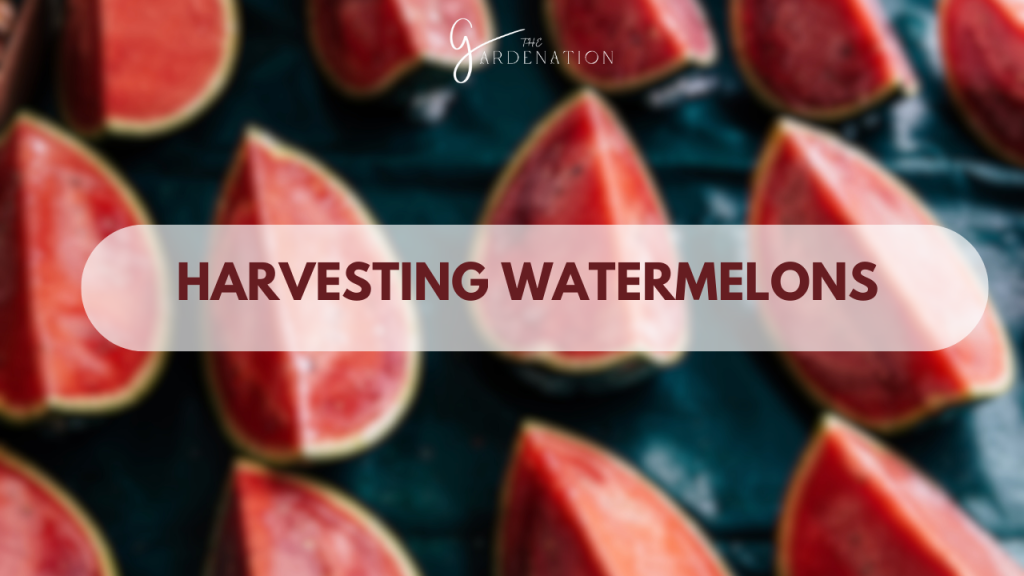
It takes around 90 days from seed to harvest for most watermelon varieties. Follow these guidelines for harvesting at peak ripeness:
Signs of Ripeness
Ripe watermelons have vibrant colors, faded or withered tendrils near the stem, and a dull, hollow sound when thumped.
I look for a creamy yellow “ground spot” where the melon rested on the soil. A white spot means unripe.
Ripe melons develop brown/black sugar spots on the skin and have a smooth, dull rind.
Use a Melon Knife
I cut watermelons from vines carefully with a curved melon knife, leaving 2-3 inches of stem attached.
A melon knife with a long, curved blade makes slicing easier compared to other knives.
Harvest in the Morning
I pick watermelons in early morning when cool to avoid sun scalding fruits.
Harvest time is critical – too early means unripe, too late means overripe. I use ripeness indicators to time it right
Handle with Care
I carry harvested watermelons gently to avoid bruising. I cushion melons during transport.
I store uncut watermelons in a cool area for up to 2 weeks. I enjoy sliced melons within 5-7 days.
For more information more about gardening you can visit: Shallow Planter Plants
Frequently Asked Questions
How much space do watermelons need?
I allow at least 4 feet between hills or rows. Vines can spread 10 feet wide.A general rule of thumb is to allow 24 square feet per watermelon plant. Bush or compact varieties can be planted closer together, around 1-3 feet apart. Full-sized, vining varieties need more room to spread.
They may spread vines over 30 feet and require up to 12 feet between plants. When planting in hills instead of rows, space hills 4-6 feet apart in all directions with 2-3 plants per hill
When should watermelon seeds be started?
Start seeds 2-4 weeks before your last expected frost date once soil reaches 65°F. Early March – This allows time for seedlings to develop and be transplanted after the last spring frost, giving melons the full growing season to mature by late summer/early fall. Also, Early August – Starting seeds in early August allows for a late fall/early winter crop in warm climates, with melons potentially ready by Christmas.
How much water do watermelon plants need?
Watermelons need about 1-2 inches of water per week. Use drip irrigation for best results. Water should penetrate at least 6 inches deep into the soil, which may take 30+ minutes of watering. Drip irrigation is ideal as it prevents disease and directs water right to the base of plants.
It’s critical to provide sufficient water while fruits are developing, as watermelons are 92% water. Insufficient water leads to stunted or dropped fruits. In very hot weather, plants may need watering twice per day – once in early morning and again in late afternoon
What causes misshapen watermelons?
Inadequate pollination, inconsistent watering, and nutrient deficiencies can cause oddly shaped melons. Fluctuations in soil moisture, especially drought stress, can cause uneven growth and misshapen melons. Consistent and sufficient watering is important while fruits are developing.
Varieties that produce elongated fruits seem more prone to becoming misshapen.Compact, rounder varieties may be less susceptible.
Why do watermelon vines have more male flowers?
Male flowers bloom first to attract pollinators. More male flowers helps ensure female flowers get pollinated.
How do you know when a watermelon is ripe?
Ripe watermelons have curly, withered tendrils by the stem. They sound hollow when thumped and have rich colors.
Can you grow mini or dwarf watermelons?
Yes! Bush or dwarf varieties only spread 1-2 feet wide, ideal for container gardening.
How long do harvested watermelons last?
Whole, uncut watermelons last 2 weeks stored in a cool area. Enjoy sliced melons within 5-7 days.
Conclusion
Watermelons undergo several distinct phases of growth and development as they transition from seeds to mature, fruit-bearing plants. Understanding the needs of the plant at each stage is crucial for successful cultivation.
The process begins with seed germination, which requires adequately warm and moist soil for the seeds to sprout. Once emerged, the young seedlings continue growing. The plant then enters its vegetative growth phase where vines lengthen rapidly and side shoots emerge. It is important to provide sufficient water, nutrients and sunlight during this stage to fuel extensive vine growth.
Flowering marks the next critical stage, occurring 8-10 weeks after planting. Separate male and female flowers bloom on watermelon vines, requiring pollination for fruit production. Hand-pollination using a small brush can supplement natural pollination by bees and improve fruit set.
Successfully pollinated female flowers develop into small melons which swell dramatically, filling out over the next 4-6 weeks. Careful monitoring for issues like blossom end rot during fruit fill is important to ensure high quality melons.
As fruits near maturity, indicators help determine ripeness for harvesting. A yellow spot where the melon touches the ground, dried tendrils near the stem, and a hollow sound when thumped all signal peak ripeness. Watermelons store uncut for 1-2 weeks, allowing multiple harvests from the productive vines.
In summary, watermelon cultivation relies on meeting the environmental needs of plants during each distinct phase of growth. Following best practices for sunlight, temperature, water and nutrients results in healthy, robust vines and an abundant harvest of sweet, juicy fruits. Careful attention to details at all stages pays off come harvest time each summer.

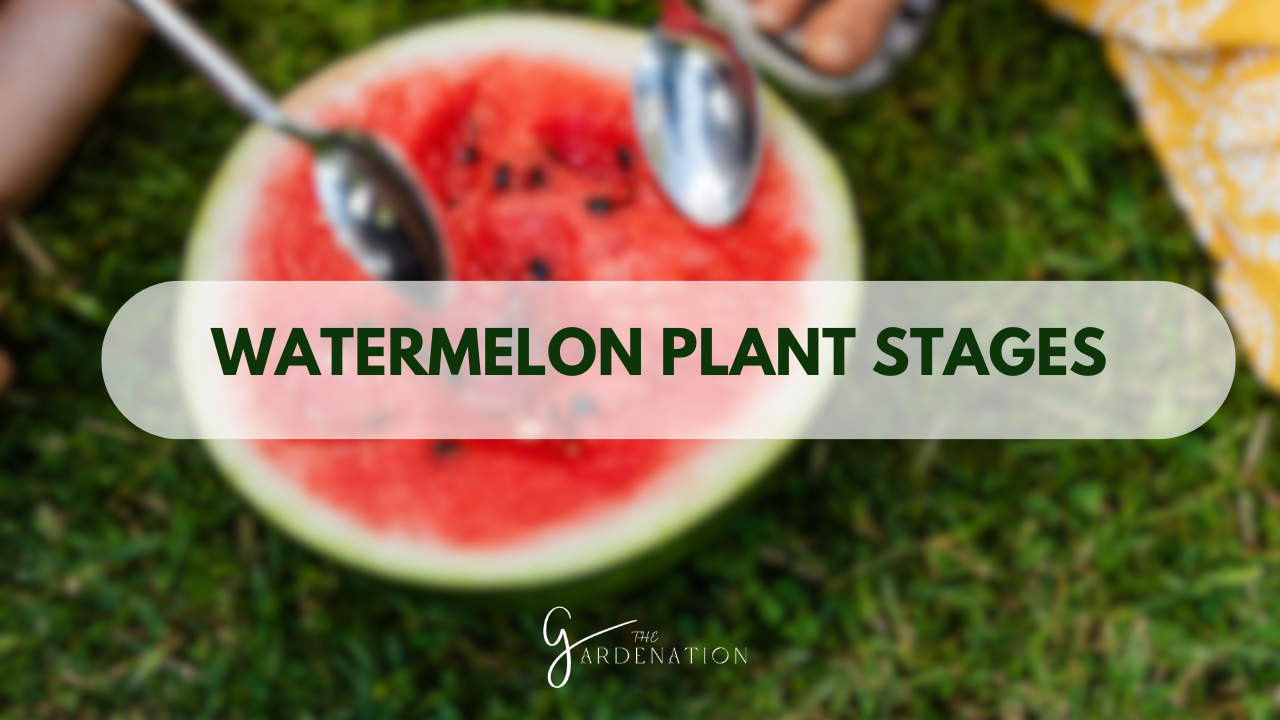
2 Comments